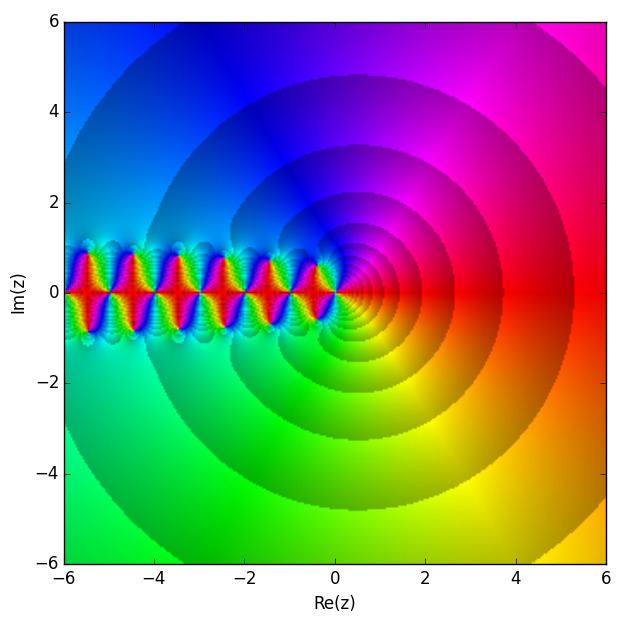 | ||
In mathematics, the trigamma function, denoted ψ1(z), is the second of the polygamma functions, and is defined by
Contents
It follows from this definition that
where ψ(z) is the digamma function. It may also be defined as the sum of the series
making it a special case of the Hurwitz zeta function
Note that the last two formulae are valid when 1 − z is not a natural number.
Calculation
A double integral representation, as an alternative to the ones given above, may be derived from the series representation:
using the formula for the sum of a geometric series. Integration by parts yields:
An asymptotic expansion as a Laurent series is
if we have chosen B1 = 1/2, i.e. the Bernoulli numbers of the second kind.
Recurrence and reflection formulae
The trigamma function satisfies the recurrence relation
and the reflection formula
which immediately gives the value for 1/z = 1/2.
Special values
The trigamma function has the following special values:
where G represents Catalan's constant.
There are no roots on the real axis of ψ1, but there exist infinitely many pairs of roots zn, zn for Re z < 0. Each such pair of roots approaches Re zn = −n + 1/2 quickly and their imaginary part increases slowly logarithmic with n. For example, z1 = −0.4121345... + 0.5978119...i and z2 = −1.4455692... + 0.6992608...i are the first two roots with Im(z) > 0.
Appearance
The trigamma function appears in this surprising sum formula:
